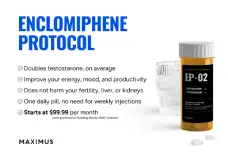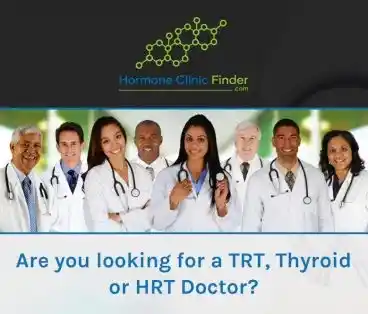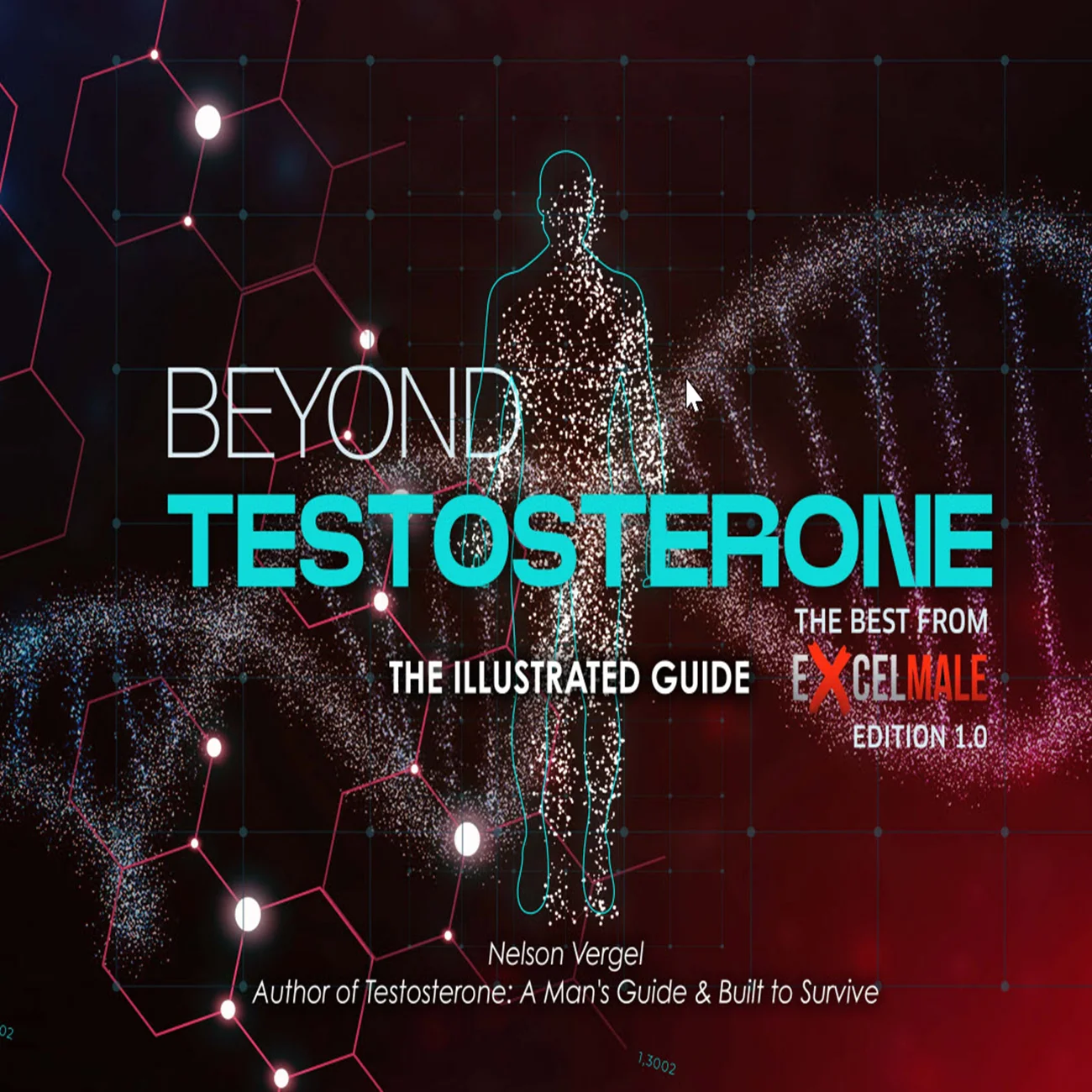madman
Super Moderator
* Gonadotropin treatment has dual roles, including hCG effects on Leydig cell luteinizing hormone (LH) receptors to increase testosterone production and FSH causes proliferative effects on Sertoli cells to support spermatogenesis within the seminiferous tubules [5].
* Treatment‐related increases in testosterone and testicular volume (TV) were not different between hCG and combined hCG/FSH treated patients, although increases in TV were lower in men with CHH compared with those with hypopituitarism.
* Despite similar effects on serum testosterone and TV, combined hCG/FSH appeared more efficacious than hCG alone at inducing spermatogenesis.
ABSTRACT
Introduction
Hypogonadotropic hypogonadism (HH) is a treatable cause of non obstructive azoospermic male infertility. Gonadotropin treatment can successfully induce spermatogenesis in most patients, although comprehensive quantitative summary data on spermatogenic outcomes like those required to induce pregnancy is lacking in the literature.
Materials and Methods
Systematic review and meta‐analysis of outcomes related to male reproductive function following gonadotropin treatment.
Results
Our search strategy identified 41 studies encompassing 1673 patients with a mean age of 25 (± 5) years. Average sperm concentration achieved after a median of 18 months of gonadotropin treatment was 11.6 M/mL of ejaculate (95% CI 8.4–14.9).S perm concentrations > 0, > 1, > 5, > 10 and > 20 M/mL were achieved by 78%, 55%, 36%, 24% and 15% of patients, respectively. Mean sperm output and the proportion of patients achieving all sperm thresholds were significantly greater following combined hCG/FSH treatment compared with hCG monotherapy. When compared by diagnosis, patients with congenital HH (CHH) had significantly lower mean sperm output compared with patients with hypopituitarism or mixed patient cohorts that did not differentiate between CHH and hypopituitarism. Treatment‐related increases in testosterone and testicular volume (TV) were not different between hCG and combined hCG/FSH treated patients, although increases in TV were lower in men with CHH compared with those with hypopituitarism.
Conclusions
Gonadotropin treatment successfully induced spermatogenesis in most men with pathological gonadotropin deficiency. Sperm outputs more consistent with those typically needed to induce a natural pregnancy were less commonly achieved. Despite similar effects on serum testosterone and TV, combined hCG/FSH appeared more efficacious than hCG alone at inducing spermatogenesis.
* Gonadotropin replacement using human chorionic gonadotropin (hCG) alone or in combination with follicle stimulating hormone (FSH) can induce spermatogenesis in adult men and pubertal adolescents with organic gonadotropin deficiency [4].Gonadotropin treatment has dual roles, including hCG effects on Leydig cell luteinizing hormone (LH) receptors to increase testosterone production and FSH causes proliferative effects on Sertoli cells to support spermatogenesis within the seminiferous tubules [5].
In conclusion, in a proportional meta‐analysis of spermatogenesis outcomes in men with HH undergoing gonadotropin treatment, more than 75% of men achieved some spermatozoa in their ejaculate, but full normalisation of sperm output compared with unselected healthy men was unusual. Only 24% achieved sperm concentrations > 10 M/mL—the sperm output expected to cause pregnancy in partners of this population of men. Combined treatment with hCG and FSH appeared superior to hCG monotherapy; however, due to the study limitations described earlier, randomised controlled studies would berequired to validate this finding.
* Treatment‐related increases in testosterone and testicular volume (TV) were not different between hCG and combined hCG/FSH treated patients, although increases in TV were lower in men with CHH compared with those with hypopituitarism.
* Despite similar effects on serum testosterone and TV, combined hCG/FSH appeared more efficacious than hCG alone at inducing spermatogenesis.
ABSTRACT
Introduction
Hypogonadotropic hypogonadism (HH) is a treatable cause of non obstructive azoospermic male infertility. Gonadotropin treatment can successfully induce spermatogenesis in most patients, although comprehensive quantitative summary data on spermatogenic outcomes like those required to induce pregnancy is lacking in the literature.
Materials and Methods
Systematic review and meta‐analysis of outcomes related to male reproductive function following gonadotropin treatment.
Results
Our search strategy identified 41 studies encompassing 1673 patients with a mean age of 25 (± 5) years. Average sperm concentration achieved after a median of 18 months of gonadotropin treatment was 11.6 M/mL of ejaculate (95% CI 8.4–14.9).S perm concentrations > 0, > 1, > 5, > 10 and > 20 M/mL were achieved by 78%, 55%, 36%, 24% and 15% of patients, respectively. Mean sperm output and the proportion of patients achieving all sperm thresholds were significantly greater following combined hCG/FSH treatment compared with hCG monotherapy. When compared by diagnosis, patients with congenital HH (CHH) had significantly lower mean sperm output compared with patients with hypopituitarism or mixed patient cohorts that did not differentiate between CHH and hypopituitarism. Treatment‐related increases in testosterone and testicular volume (TV) were not different between hCG and combined hCG/FSH treated patients, although increases in TV were lower in men with CHH compared with those with hypopituitarism.
Conclusions
Gonadotropin treatment successfully induced spermatogenesis in most men with pathological gonadotropin deficiency. Sperm outputs more consistent with those typically needed to induce a natural pregnancy were less commonly achieved. Despite similar effects on serum testosterone and TV, combined hCG/FSH appeared more efficacious than hCG alone at inducing spermatogenesis.
* Gonadotropin replacement using human chorionic gonadotropin (hCG) alone or in combination with follicle stimulating hormone (FSH) can induce spermatogenesis in adult men and pubertal adolescents with organic gonadotropin deficiency [4].Gonadotropin treatment has dual roles, including hCG effects on Leydig cell luteinizing hormone (LH) receptors to increase testosterone production and FSH causes proliferative effects on Sertoli cells to support spermatogenesis within the seminiferous tubules [5].
In conclusion, in a proportional meta‐analysis of spermatogenesis outcomes in men with HH undergoing gonadotropin treatment, more than 75% of men achieved some spermatozoa in their ejaculate, but full normalisation of sperm output compared with unselected healthy men was unusual. Only 24% achieved sperm concentrations > 10 M/mL—the sperm output expected to cause pregnancy in partners of this population of men. Combined treatment with hCG and FSH appeared superior to hCG monotherapy; however, due to the study limitations described earlier, randomised controlled studies would berequired to validate this finding.












